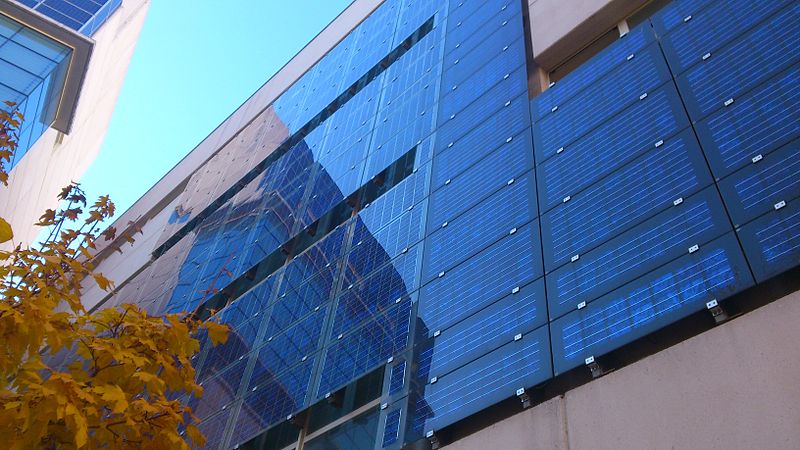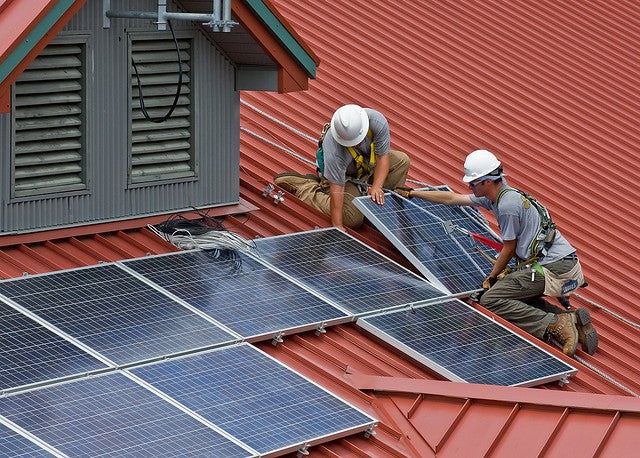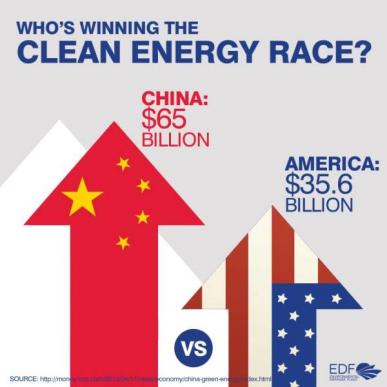Each month, the Energy Exchange rounds up a list of top clean energy conferences around the country. Our list includes conferences at which experts from the EDF Clean Energy Program will be speaking, plus additional events that we think our readers may benefit from marking on their calendars.
Top clean energy conferences featuring EDF experts in May:
May 11-13: 2014 American Council for an Energy-Efficient Economy Energy Efficiency Finance Forum, Washington, DC
Speaker: Brad Copithorne, Financial Policy Director
- Designed specifically for investors, financiers, utilities, and policymakers, the Energy Efficiency Finance Forum will explore the latest opportunities in financing and investing in energy efficiency. Over the past seven years, the conference has grown to become one of the premier venues for discussions of energy efficiency financing policies, and an important networking opportunity. Read More





